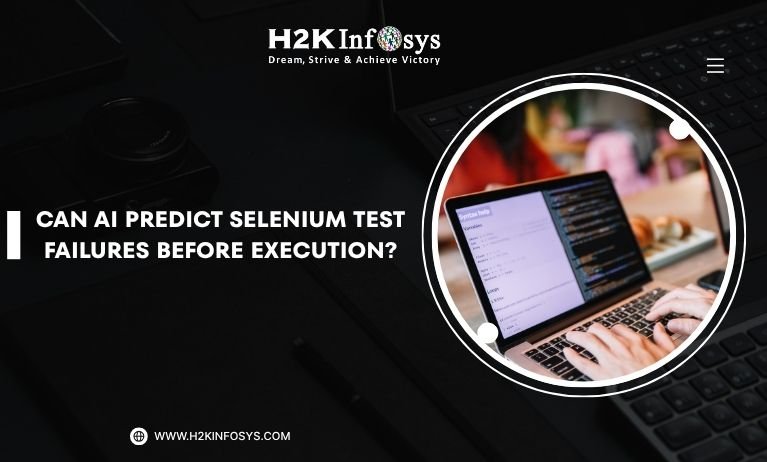Imagine constructing a majestic castle brick by brick only to discover cracks once completed. That’s the risk of ignoring software testing, a critical phase that is frequently eclipsed by the glamorous development world. However, just like a careful architect, the software tester looks for faults and ensures that every line of code is strong. This is more than just discovering problems; it’s about creating experiences that delight people, improve performance, and protect your digital castle. So, let’s throw a light on the unsung heroes of software development and testers, and investigate their critical Role Of Software Testing in creating that genuinely shines. Check out our QA tester training and placement to learn more.
The Function of Software Testing in the Software Development Process
Bug Prevention and Quality Enhancement
Software testing is primarily a tool for mitigating the repercussions of neglected functionalities. This preventive strategy is critical in preventing any disasters that may have occurred owing to obtaining improper requirements or errors in coding styles, saving time and resources.
Usability Evaluation
Software testing is more than just discovering flaws; it also carefully evaluates how easy it is to use from the perspective of a user. This means that the finished product should meet users’ expectations, with emphasis on comfort and simplicity of interaction. By taking these usability factors into account during testing, developers may ensure that software meets the needs and preferences of their users.
Verification of software
Verification and validation are critical components of software testing since they require evaluating every aspect stated in the Software Requirements Specifications (SRS) document. This rigorous evaluation also encompasses software performance in unexpected situations, such as faulty input data or changes in ambient variables. Testing these scenarios provides confidence that the system is capable of managing such variances well enough to detect and repair errors before they occur.
Accelerating Development
Software testing is a significant tool for accelerating development. Testers detect errors and describe conditions that cause them to reoccur, giving developers insights into how to solve problems efficiently. This also accelerates the development process because the likelihood of bugs is lowered.
Software Testing Goals
As a dynamic and vital aspect of the Software Development Life Cycle (SDLC), software testing follows a multi-dimensional strategy with three goals: immediate, long-term, and post-implementation. This comprehensive strategy is intended to ensure software quality, user happiness, and effective risk management at all phases of development.
Immediate Goals
Bug Discovery
This is the primary purpose of software testing. It seeks to identify and correct errors in any stage of the software development process. Higher success rates in software testing are highly tied to early detection of a lot of problems, allowing developers to address all flaws rapidly. This first step lays the groundwork for a robust and dependable software solution.
Bug Prevention.
Bug prevention is the immediate measure taken after a bug is discovered. This is more than just a repair; it represents a learning process for the software development team. Analysis and insights from detected issues add to shared knowledge, averting similar bugs in succeeding phases or future projects. Bug avoidance turns become a preventive activity, reducing the probability of bug recurrence.
Long-Term Goals
Quality Enhancement
Quality is one of the software product’s primary long-term objectives. It refers to the software’s correctness, completeness, integrity, efficiency, and consistency. Testing plays an important role in ensuring a high-quality product. Each quality-related aspect requires meticulous processing. Software testing is critical to meeting these standards. This results in a fully functional software solution that may even exceed user expectations.
Customer Satisfaction.
Customer happiness is the ultimate indicator of success from the user’s perspective. Thorough and detailed testing is required to ensure that a software product not only meets, but also exceeds, customers’ expectations. User requirements must be seamlessly integrated into the user experience, interface, and general functionality. As a result, software testing is an essential component of establishing and maintaining positive user connections.
Reliability
Reliability is about giving users confidence that the software will not fail. This continual goal is to earn customers’ confidence by consistently supplying high-quality items. Reliability is more than just whether something works; it also refers to the software’s predictability and stability in a wide range of use cases. A stable software product promotes long-term user connections.
Risk Management
Recognizing the uncertainty inherent in organisational events, risk management becomes a vital component of preventing potential losses and undesirable outcomes. Successful testing reduces the likelihood of product failure and enhances risk management in a variety of scenarios. A proactive approach to detecting and eliminating potential risks during testing improves the overall robustness of the software product.
Post-Implemented Goals
Reduce maintenance costs.
Tracking errors after release is more complex and expensive. An appropriate and comprehensive testing strategy is required to reduce the likelihood of post-release failures. The testing procedure also has major financial consequences after release; so, the tests must be completed completely from the start, and everything must work properly.
Improved Software Testing Process
Post-implementation objectives outline the refinement of testing procedures for future projects. Bug history and post-implementation findings can be used to highlight flaws in the present testing process. This enables more comprehensive testing of future software developments. Lessons acquired from prior projects are crucial when building a standby testing approach that is not only lucrative but also flexible enough to react to resulting changes within the software development horizon.
Software testing has various strategic goals that go beyond simply discovering problems and instead focus on long-term quality enhancement. A comprehensive testing method not only keeps you from falling into the trap of immediate money pre-assignment, but it also helps to enhance software development techniques, resulting in the delivery of high-quality, dependable, and people-oriented solutions.
Conclusion
Software testing plays a pivotal role in ensuring the delivery of high-quality, reliable, and secure applications. It acts as a critical checkpoint that helps identify bugs, validate functionality, and enhance user experience before the product reaches end-users. By integrating testing early in the development lifecycle, teams can minimize risks, reduce costs, and accelerate time-to-market. Ultimately, software testing is not just a phase but a continuous and essential practice that supports the success and sustainability of software products in today’s competitive digital world.























